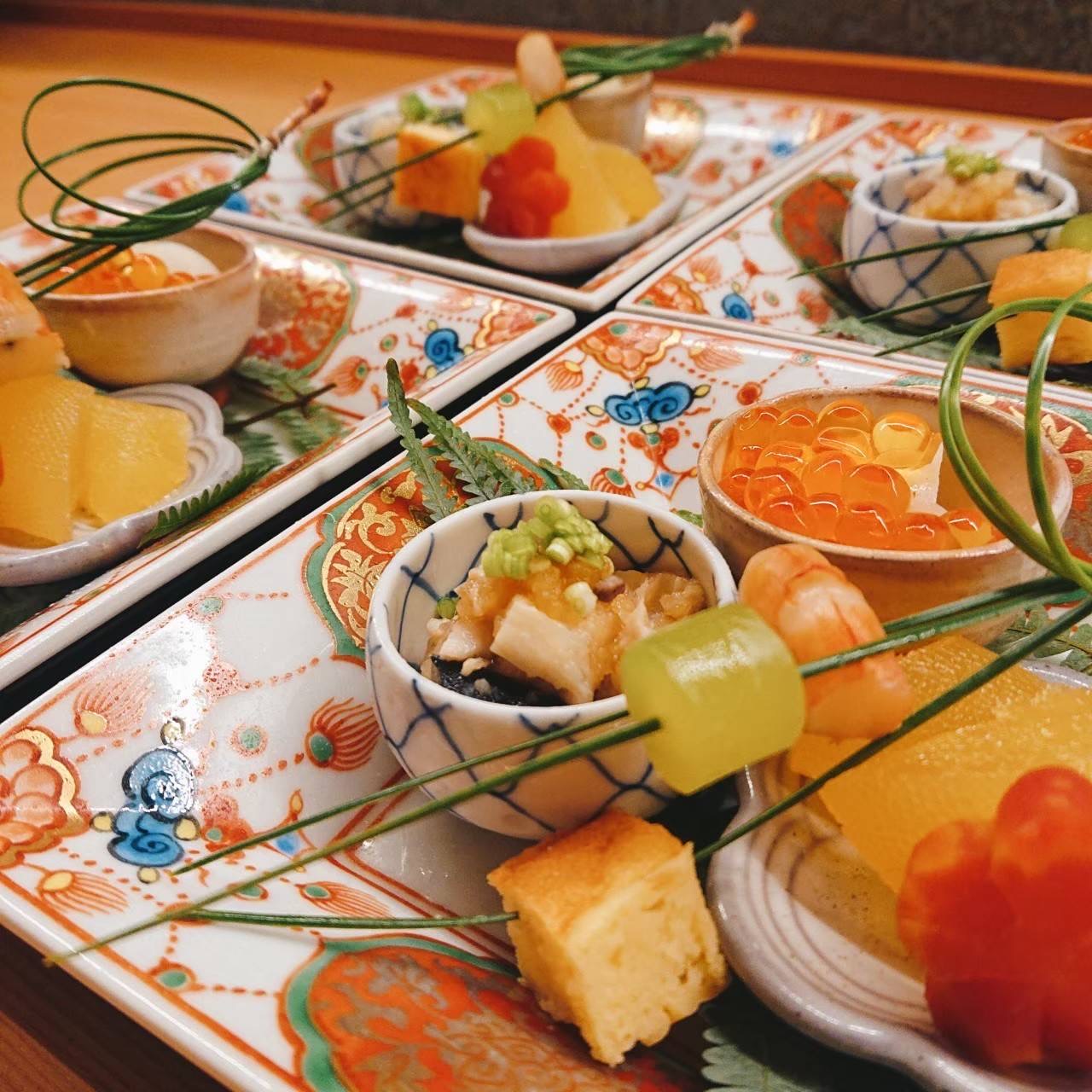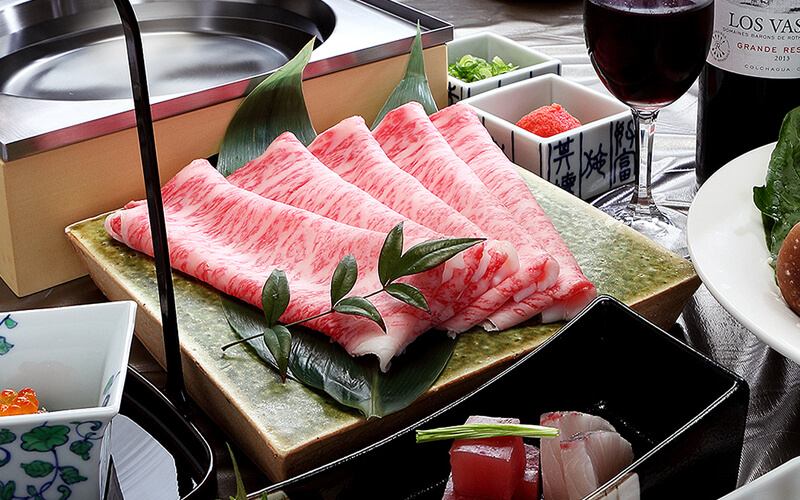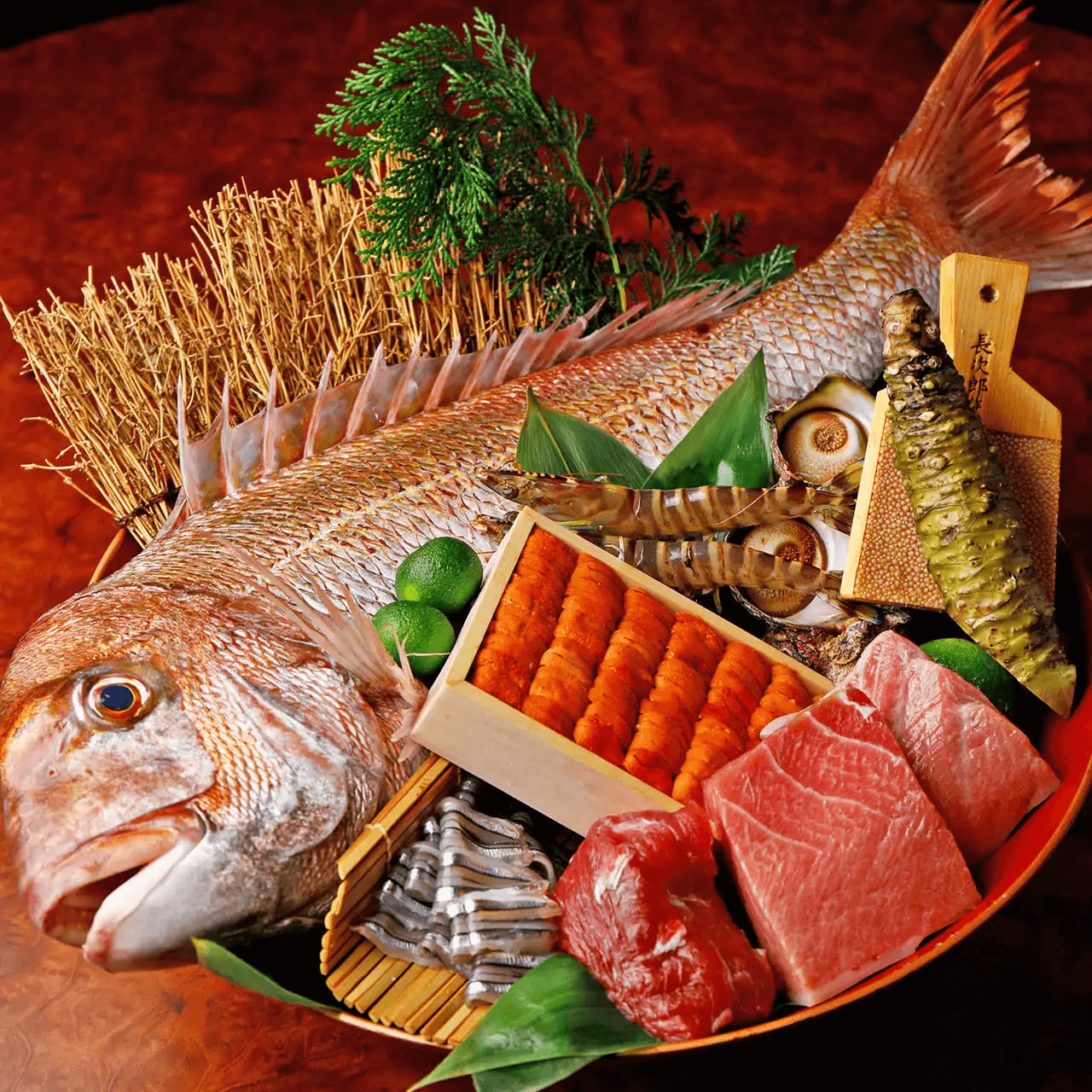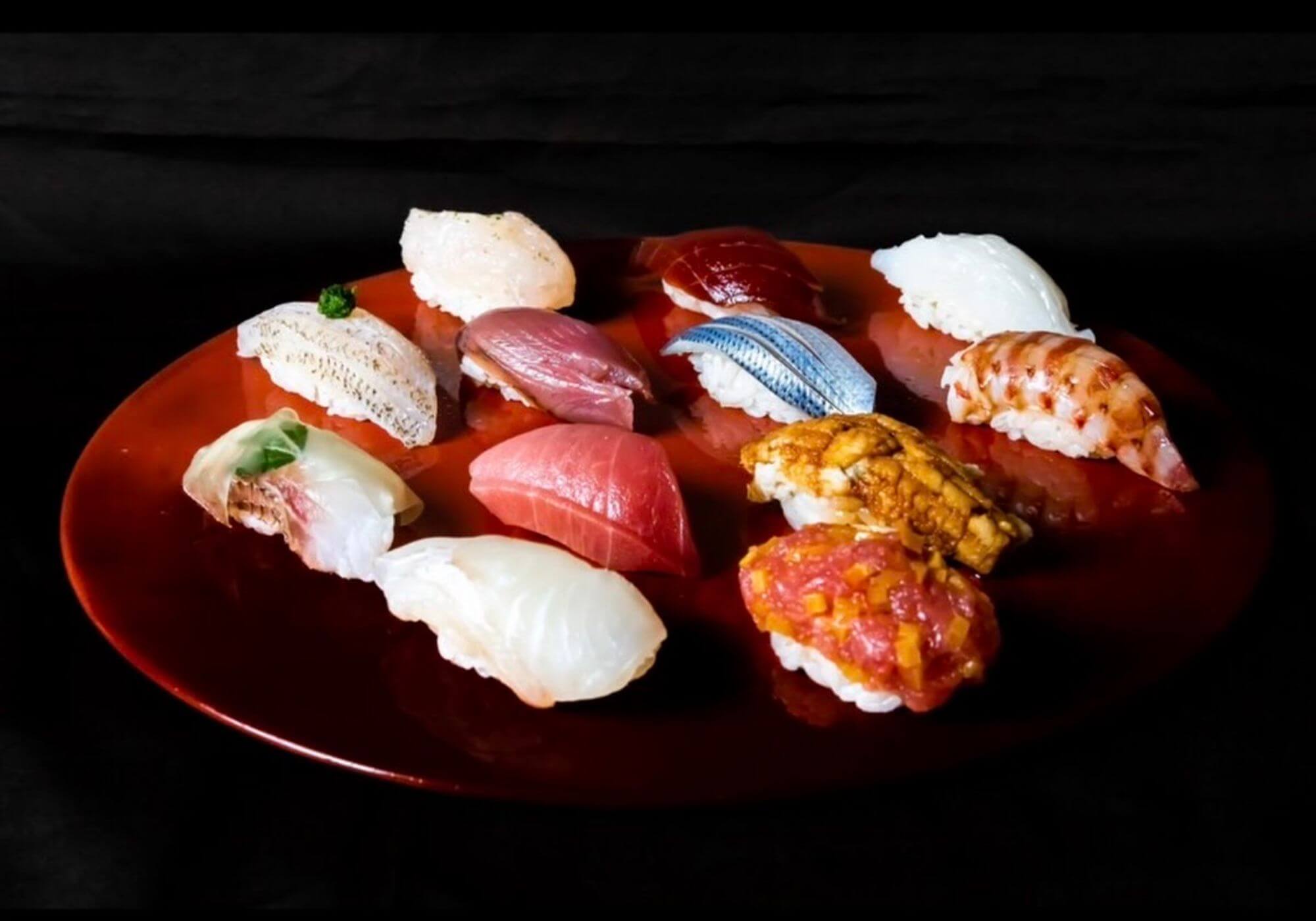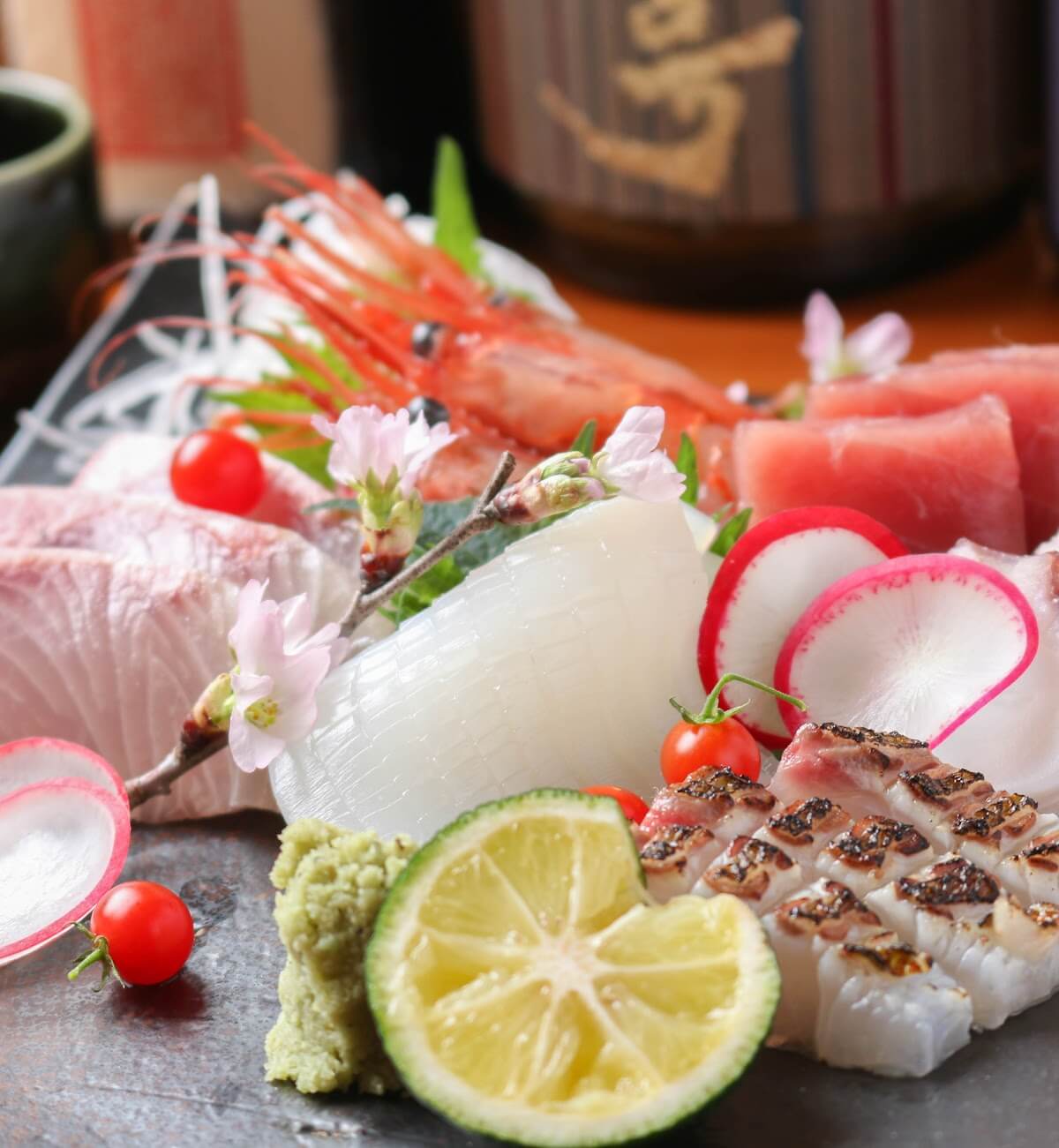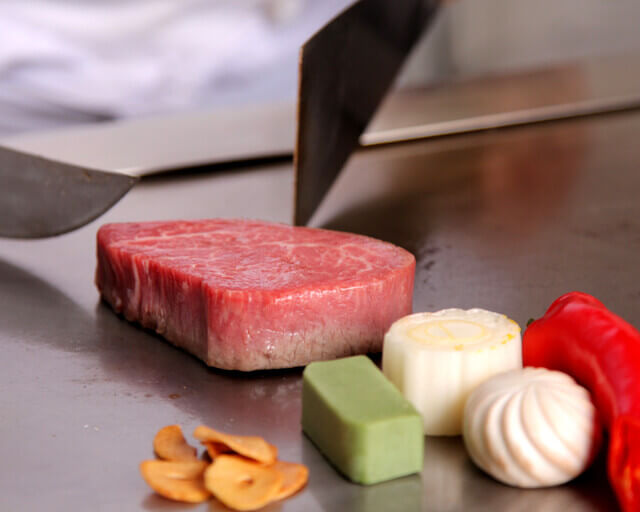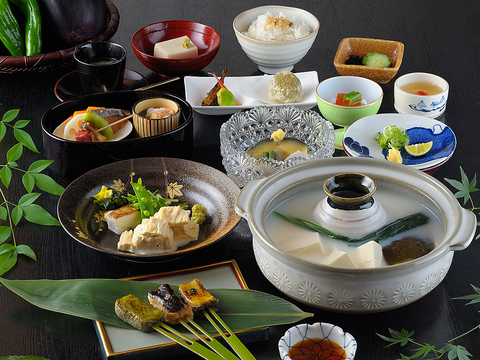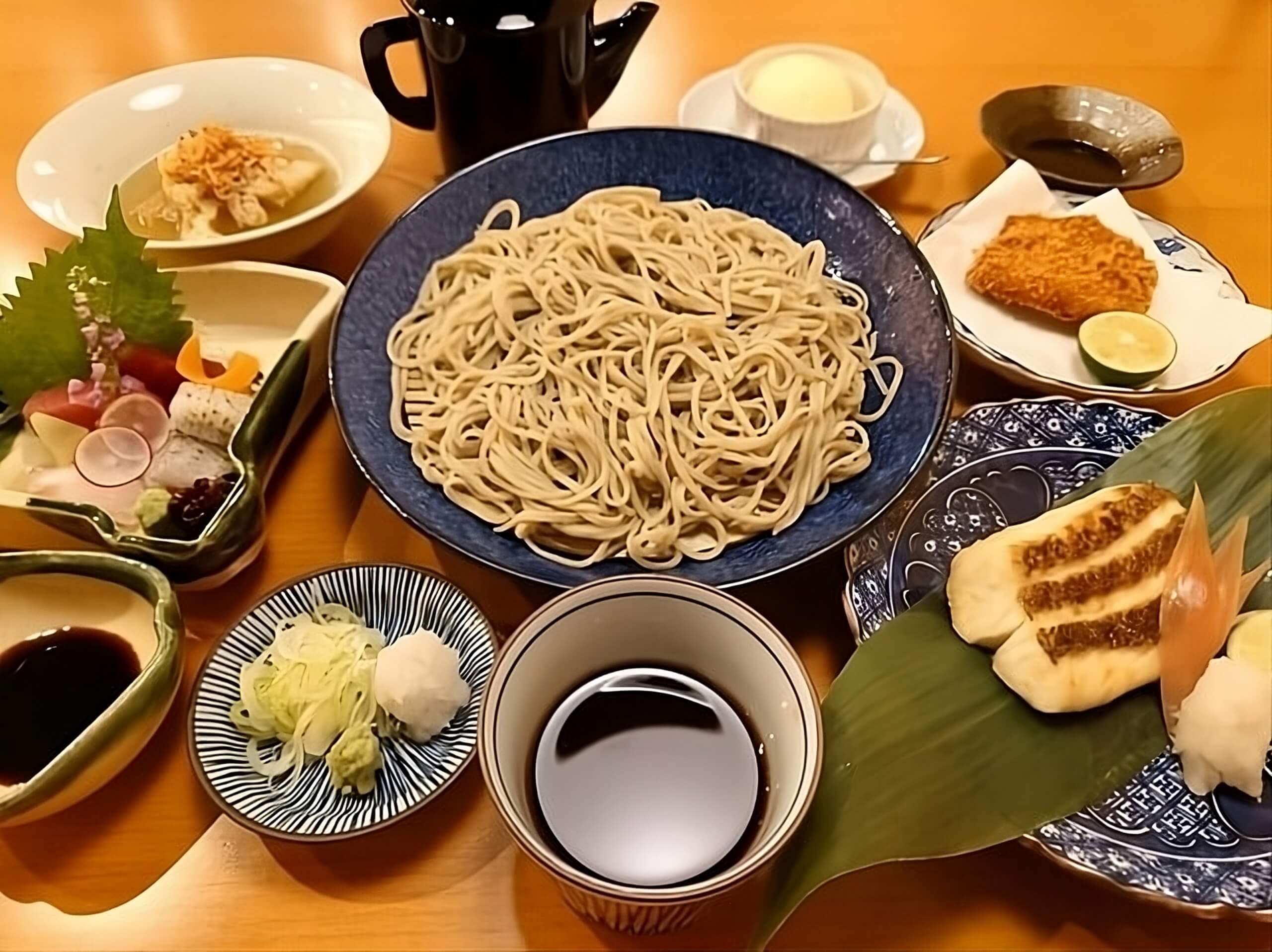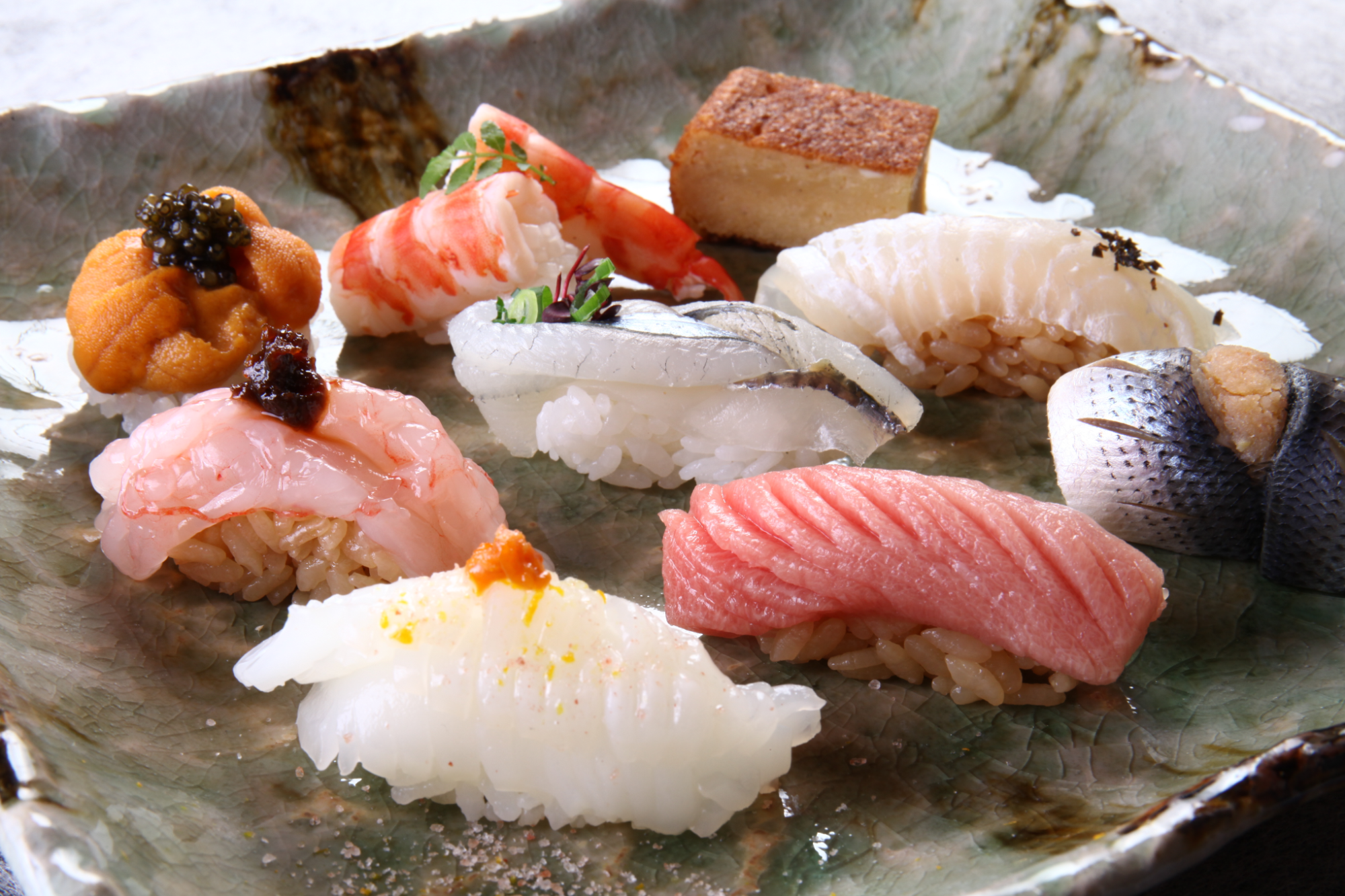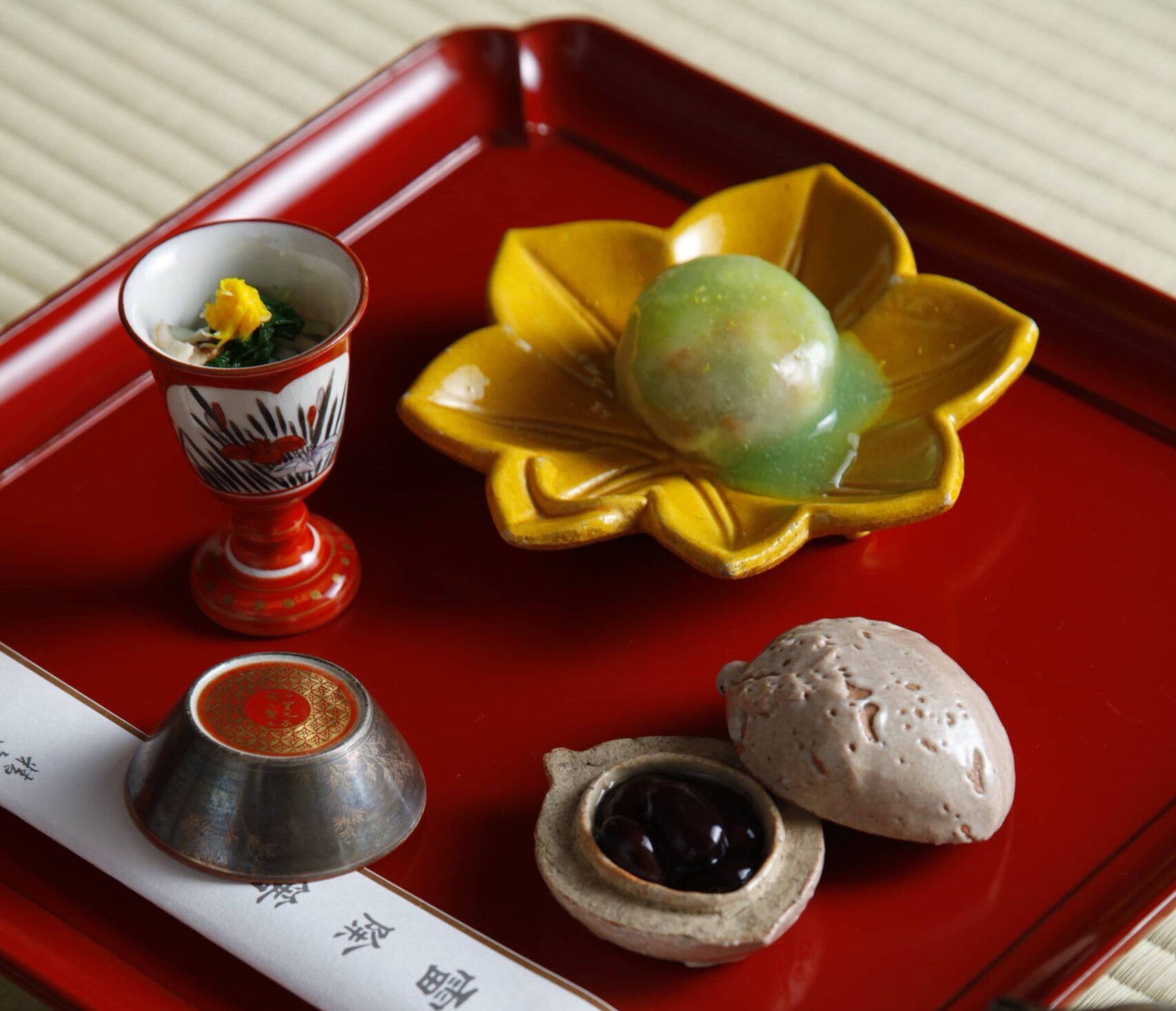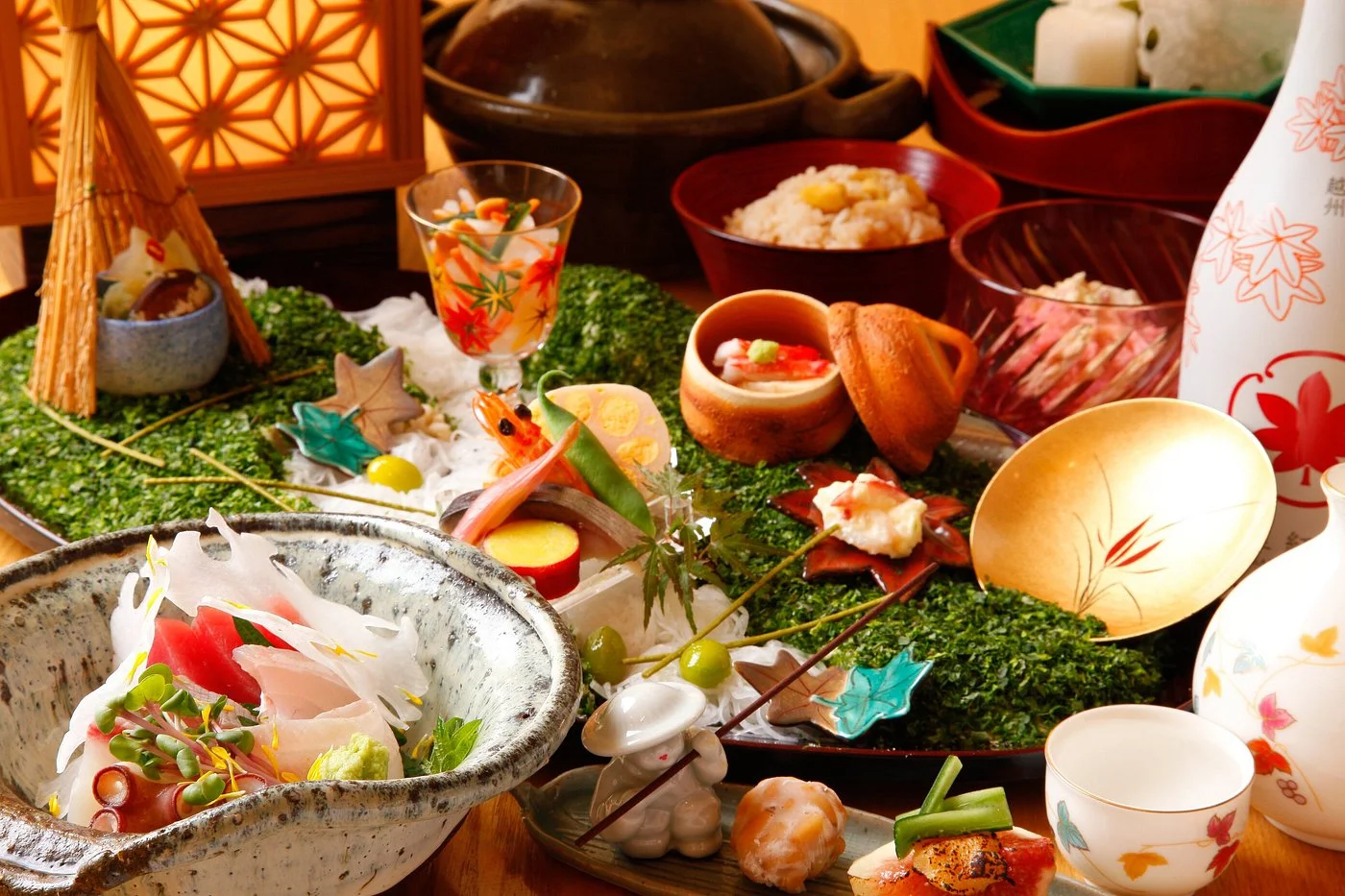Shirakawa-go Japan is one of the best places to visit for travelers wanting to experience authentic traditional Japanese village life. This UNESCO World Heritage site features 170 acres of stunning countryside with carefully preserved gassho-zukuri buildings over 250 years old.
The unique steep thatched roof architecture makes Shirakawa-go village a must-visit destination for both international tourists and Japanese locals. Easily accessible from Tokyo, Kanazawa, and Takayama as a day trip, Shirakawa-go offers an unforgettable journey back in time.
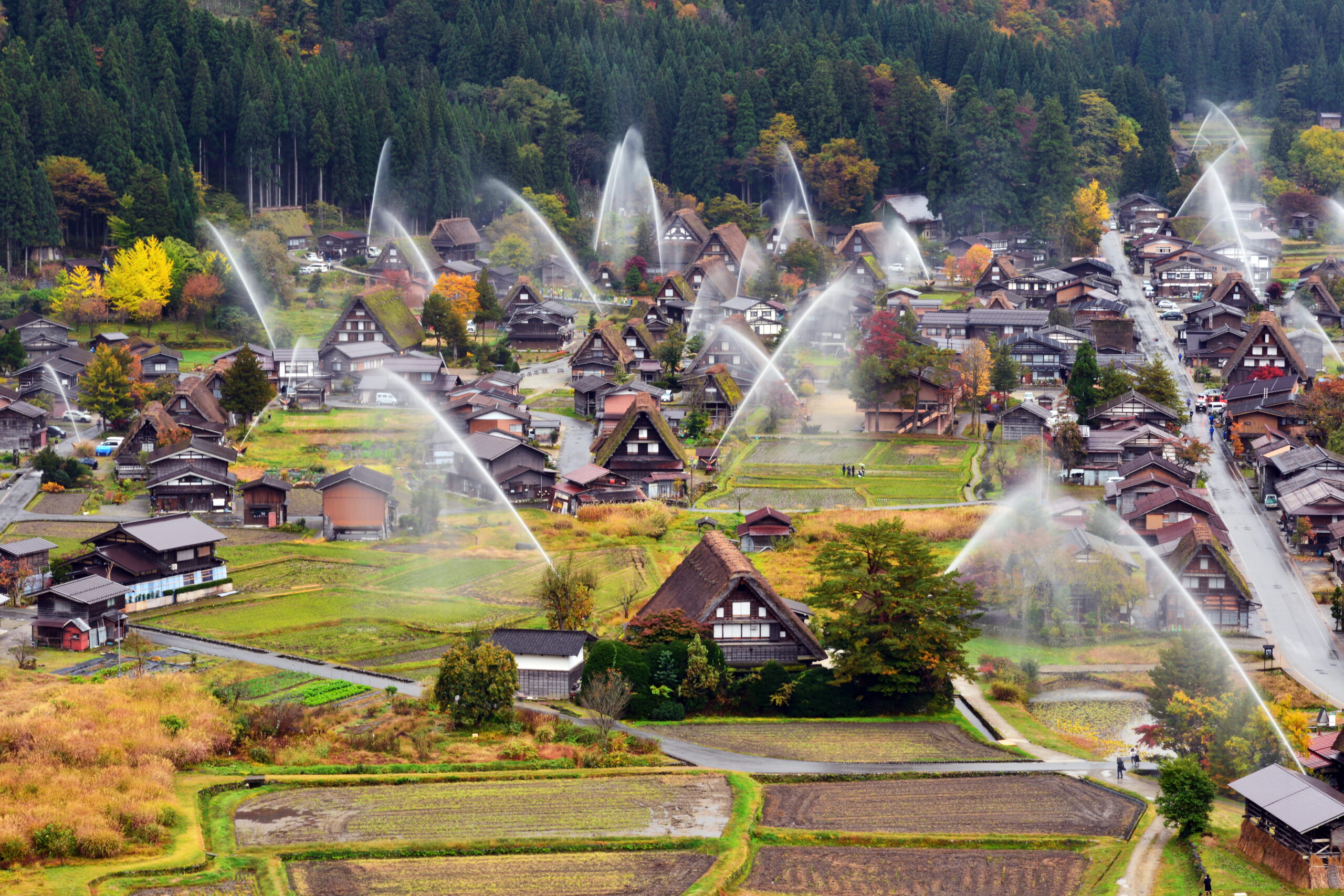
The name “Shirakawa-go” means “white river,” referring to the pristine Sho River flowing through Gifu Prefecture, Japan. During the Edo period (1603-1867), Shirakawa-go operated under direct control of the Tokugawa shogunate rather than local samurai lords, making it strategically important for Japan’s central government.
This remote mountain village served as an excellent source of timber and precious metals for the shogunate. The famous Shirakawa silk industry, combined with secret saltpeter production for gunpowder manufacturing, created a thriving economy that supported the community for centuries.
Shirakawa-go’s isolated mountain location proved crucial for cultural preservation. Until the 1950s, heavy snowfall and mountainous terrain kept the village relatively cut off from outside influences. This geographic isolation allowed unique traditions like gassho-zukuri architecture to develop independently and pass down through generations virtually unchanged.
In 1994, Shirakawa-go’s historic folk village Ogimachi was made a UNESCO World Heritage Site, further elevating it as a desirable travel destination and valuable resource of generational skills and history.
It’s important to note that Shirakawa-go is still inhabited by around 700 people! This includes living in many of the same historical buildings that visitors admire. So, be sure to check carefully for signs denoting whether a building is a private residence or public property (such as a museum or inn) before taking pictures or trying to go inside. These residents actively maintain their traditional wooden homes using centuries-old techniques and participate in community fire-safety measures to preserve this living heritage site.
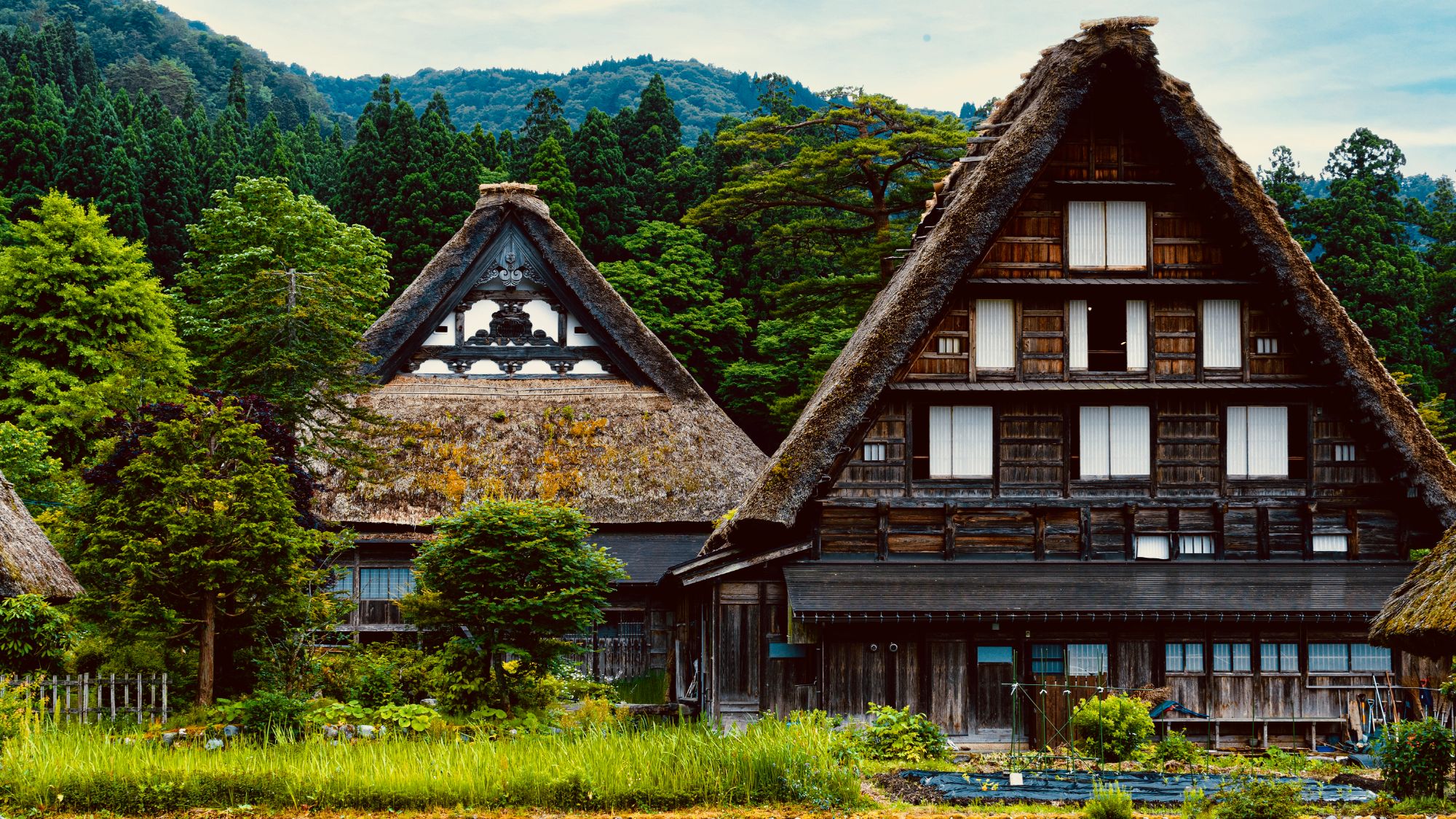
Gassho-zukuri architecture represents one of Japan’s most ingenious building techniques. The name literally translates to “praying hands construction,” describing the distinctive A-frame design that resembles hands pressed together in prayer.
These remarkable traditional Japanese buildings were constructed entirely without nails, using only wooden joints, ropes, and traditional joinery techniques. Master craftsmen assembled the massive wooden framework using interlocking beams, wooden pegs, and precisely cut joints that allowed structures to flex during earthquakes while supporting heavy snow loads.
The signature 60-degree roof angle efficiently sheds Shirakawa-go’s heavy snowfall while maximizing interior space across multiple stories. Thick thatched roofs made from locally sourced miscanthus grass required community-wide replacement every 20-30 years, with entire villages participating in the re-thatching process.
This nail-free construction method, combined with deep wooden foundation posts and flexible rope bindings, has kept these gassho-zukuri houses standing for centuries—a testament to traditional Japanese woodworking mastery.
Transportation: Direct Nohi Bus or Hokutetsu Bus from Kanazawa Station
Travel Time: 1 hour 15 minutes
Cost: 2,000–2,200 yen one-way
Booking Tip: Advance reservations recommended, especially during peak seasons (autumn foliage and winter illumination periods)
Transportation: Direct Nohi Bus from Takayama Bus Terminal
Travel Time: 50 minutes
Cost: 2,600 yen one-way
Frequency: Regular daily service with advance booking recommended
Passing through Takayama or thinking of heading to Kanazawa after Shirakawa-go? Have a read through our guide best way to travel from Takayama to Kanazawa — it’s packed with the easiest routes, travel times, and fare tips to help you plan your trip smoothly.
For the best Shirakawa-go travel experience, we recommend staying overnight in Takayama City rather than in the Shirakawa-go village itself. This approach allows comfortable day trip access while providing better accommodation options and dining choices.
For a unique cultural experience, consider MACHIYA RESIDENCE INN Takayama’s private traditional Japanese holiday houses available in both Kanazawa and Takayama. MACHIYA RESIDENCE INN Takayama offers guests renovated traditional Japanese machiya homes that showcase traditional architecture with modern facilities, creating the perfect base for your Shirakawa-go adventure.
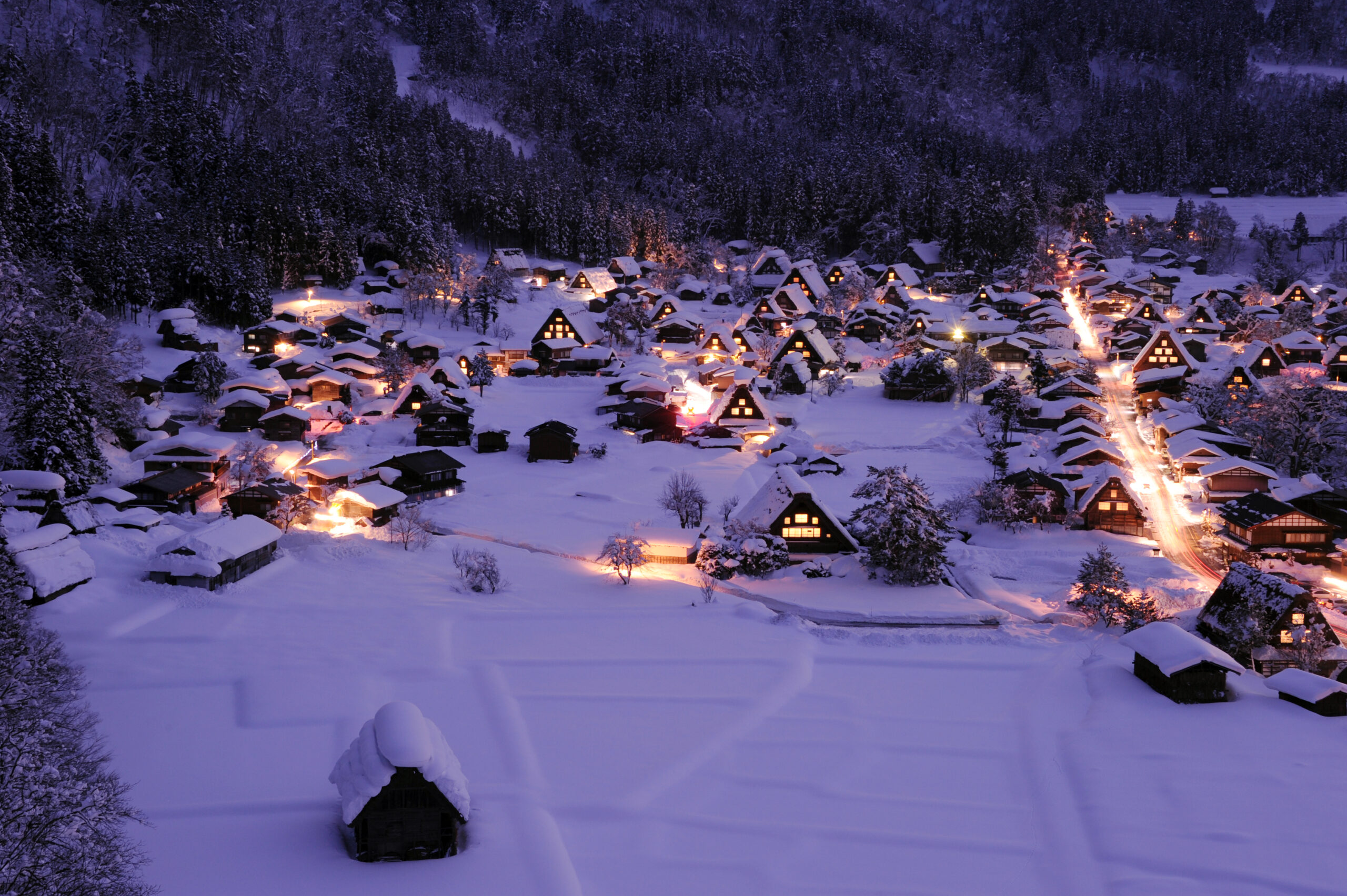
Shirakawa-go village is surprisingly compact despite its rural setting. Plan 2-4 hours to explore the main attractions on foot, keeping in mind that the Shokawa River runs through the town center.
The famous Shiroyama Viewpoint provides the iconic panoramic view of Shirakawa-go that appears in travel guides worldwide. This elevated observation deck showcases the entire village layout with its distinctive gassho-zukuri rooflines against dramatic mountain scenery. We recommend using the shuttle bus (200 yen one-way) to take you up to the viewpoint, then walking down back to the main village (10-15 minute walk, on a decline).
Access: Shuttle bus service (200 yen one-way)
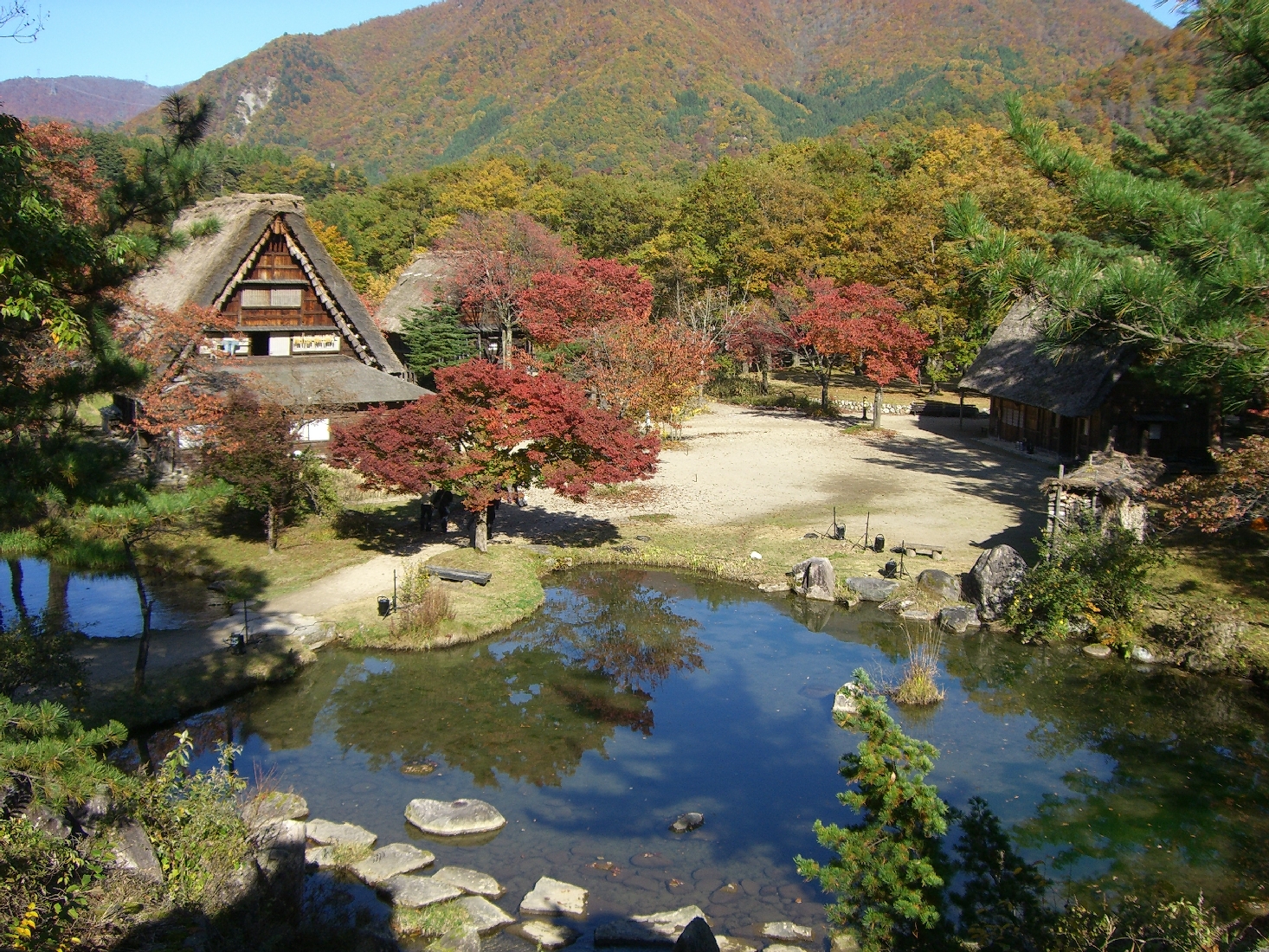
The largest gassho-zukuri building in Shirakawa-go village, Wada House belonged to a wealthy silk-trading family and demonstrates how prosperous Edo-period merchants lived. The multi-story layout showcases efficient space utilization within traditional Japanese architecture.
One of Shirakawa-go’s best-preserved gassho-zukuri buildings, Kanda House offers upper-floor access with excellent village views and detailed displays of traditional construction techniques.
Visiting Information:
Built in 1850 for the influential Toyama family, this massive gassho-zukuri farmhouse once housed up to 48 family members simultaneously. Now serving as Shirakawa-go’s most comprehensive folk museum, it provides immersive insight into late Edo period and Meiji era (1868-1912) daily life.
The museum features authentic period rooms including bedrooms, dining areas, Buddhist altar, kitchen facilities, and silk production workrooms. The attic level displays traditional sericulture equipment used for the famous Shirakawa silk industry.
Museum Details:
Shirakawa-go village provides an authentic window into traditional Japanese mountain culture, where centuries-old gassho-zukuri architecture and cultural practices remain beautifully preserved. Whether you’re fascinated by the nail-free wooden construction techniques, seeking peaceful mountain scenery, or exploring Japan’s UNESCO World Heritage sites, Shirakawa-go delivers an unforgettable cultural experience that captures the essence of rural Japan’s living history.
Make your trip a truly local experience, and go where the locals go. If you're wondering where the locals go to eat when hanging out with family, celebrating with friends, stopping by for an after work drink... look no further.
Machiya Locals Website